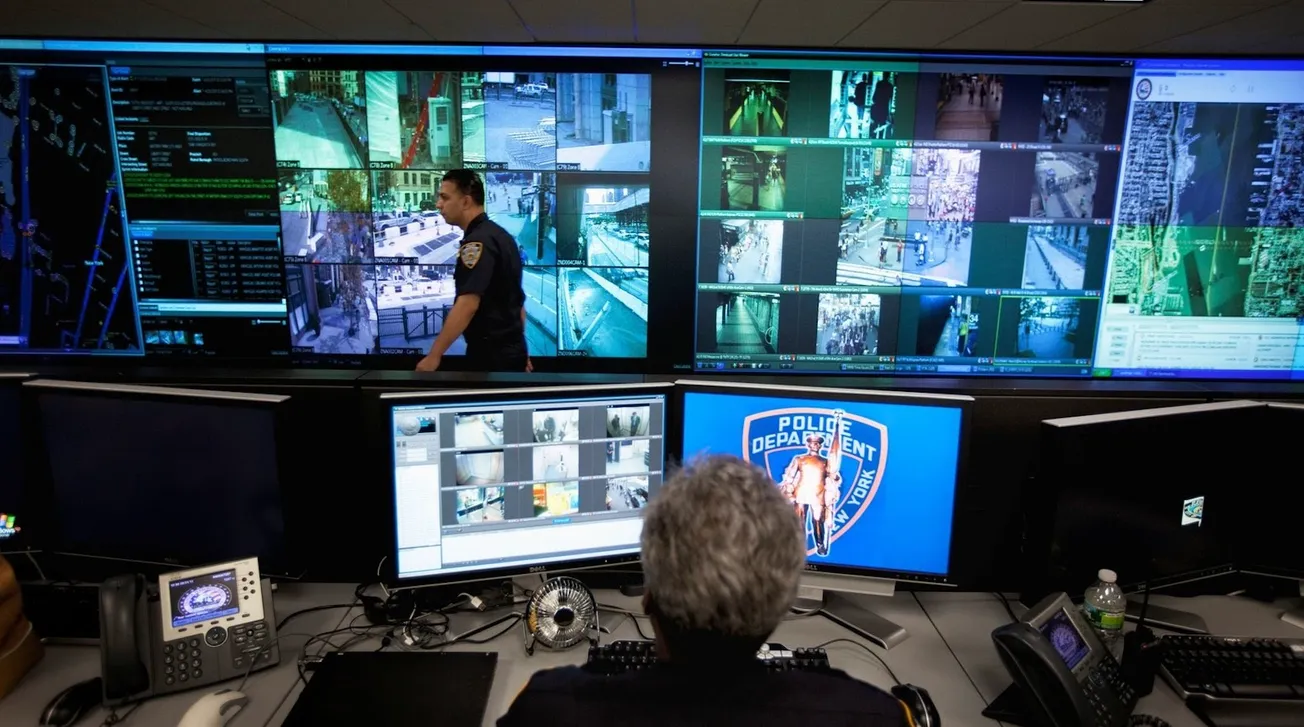Table of Contents
In the wake of the George Floyd protests and a nationwide conversation about the role of law enforcement, the country seems deadlocked on how, or if at all, to reform policing in America.
Democrats have proposed significantly cutting or defunding the police. Meanwhile, Republican proposals have included banning chokeholds, bringing on mental health experts, and creating a database to track officer behavior. While these GOP proposals are a start, they are not enough to change the unease many minorities feel towards police.
The majority of Americans agree that law enforcement requires major changes, but few want to defund departments. At a time of intractable disagreement and wild proposals by the Left, Republicans should act as the voice of reason. In this instance, the right should do what it often does best: look to the free market for solutions.
For months, activists have heralded the success of “defunding” the police in Camden, New Jersey. However, if we actually take a deeper look at the Camden PD, the liberal narrative falls apart. Few bother to mention that after forming a new county-controlled department, Camden County spent $4.5 million building a “tactical information center.” The center has automated police dispatchers, uses AI-enhanced traffic cameras to look for stolen vehicles, employs ShotSpotter to monitor for gunfire, and tracks the efficiency of officers during their patrols. All of these technologies were purchased from an undisclosed list of private vendors using government funds. Defunding? Far from it.
Liberals continually point to the success of Camden in improving community relations and reducing crime. It is more likely that the 30% drop in violent crime came from the implementation of these technologies, than just shifting officers around. It’s not only Camden that understands the need to modernize its police force: Philadelphia is currently using technology to reduce its crime rate and Detroit has successfully used several private-public partnerships to fight crime.
These cities aren’t sending social workers, clipboards in hand, to respond to knife-wielding assailants, as has been seriously considered by a number of Democrats. They’re using tech.
Departments that use tech are more likely to rely on evidence-based methods of improving policing. According to a 2017 study funded by the Department of Justice, the use of data mining, crime mapping, and license plate readers correlated with a greater focus on community and intelligence-led policing. This is not a new assertion. In 2015, the Obama Administration proposed turning to technology to both reduce lethal outcomes and keep crime rates down. They proposed that the Federal Government should support the development and delivery of technological tools consistent with the best practices of 21st century policing.
The same DOJ study found the impact of tech on policing to be positive; however, the adoption of tech by police is often “ad hoc and not based on long-term planning,” and this can limit its benefits. Whatever we think of these specific technologies — little else have provided proven results.
We are constantly told that we face a binary choice in policing. Much of the left says that if we don’t defund the police, we’re supporting a racist system. Much of the right says that if we change policing in a dramatic way, we’ll be headed for lawlessness.
Tech changes the game. Instead of continuing to rely on years of failed public sector innovation, let’s turn to the free-market for efficient solutions.









